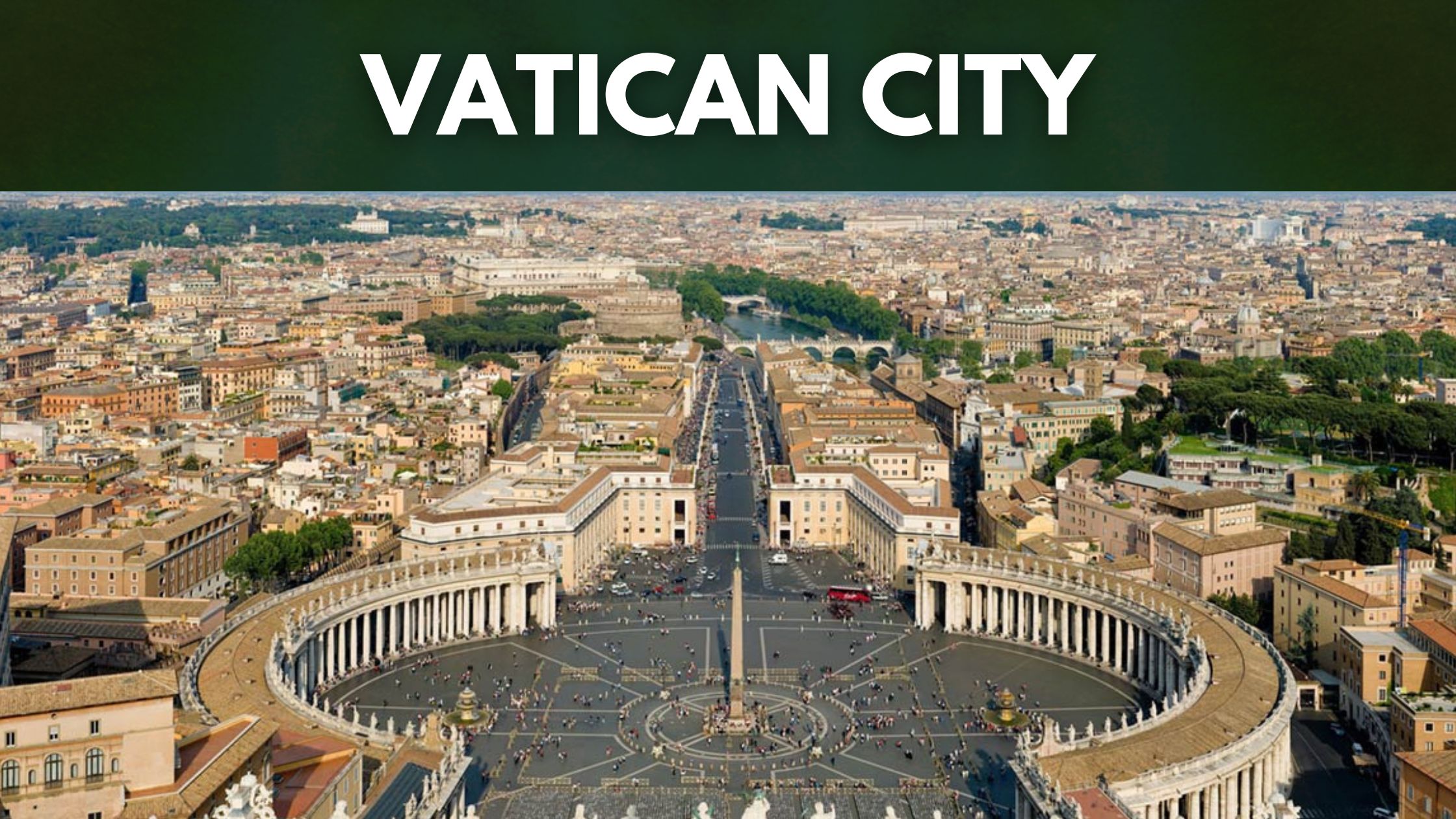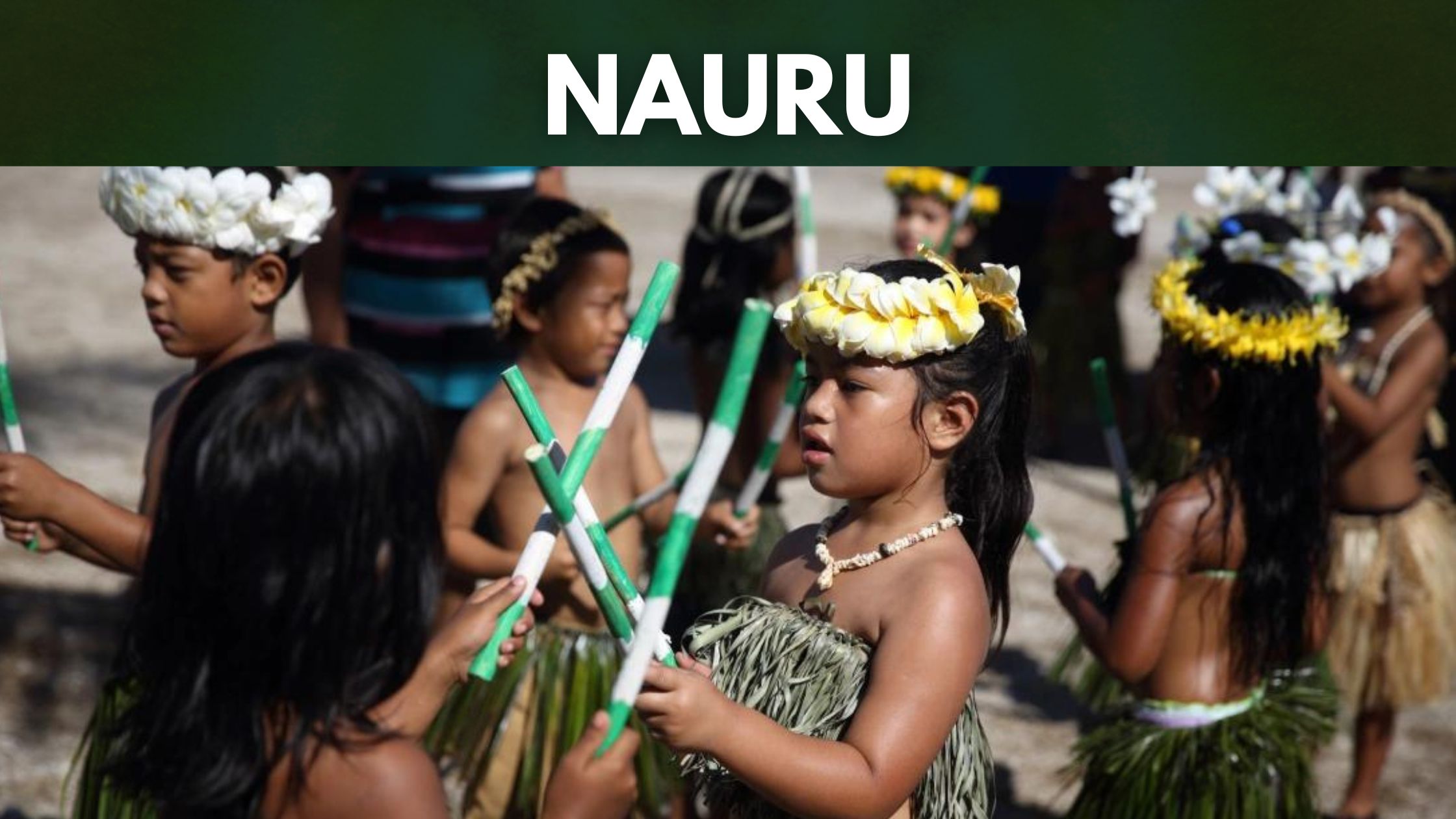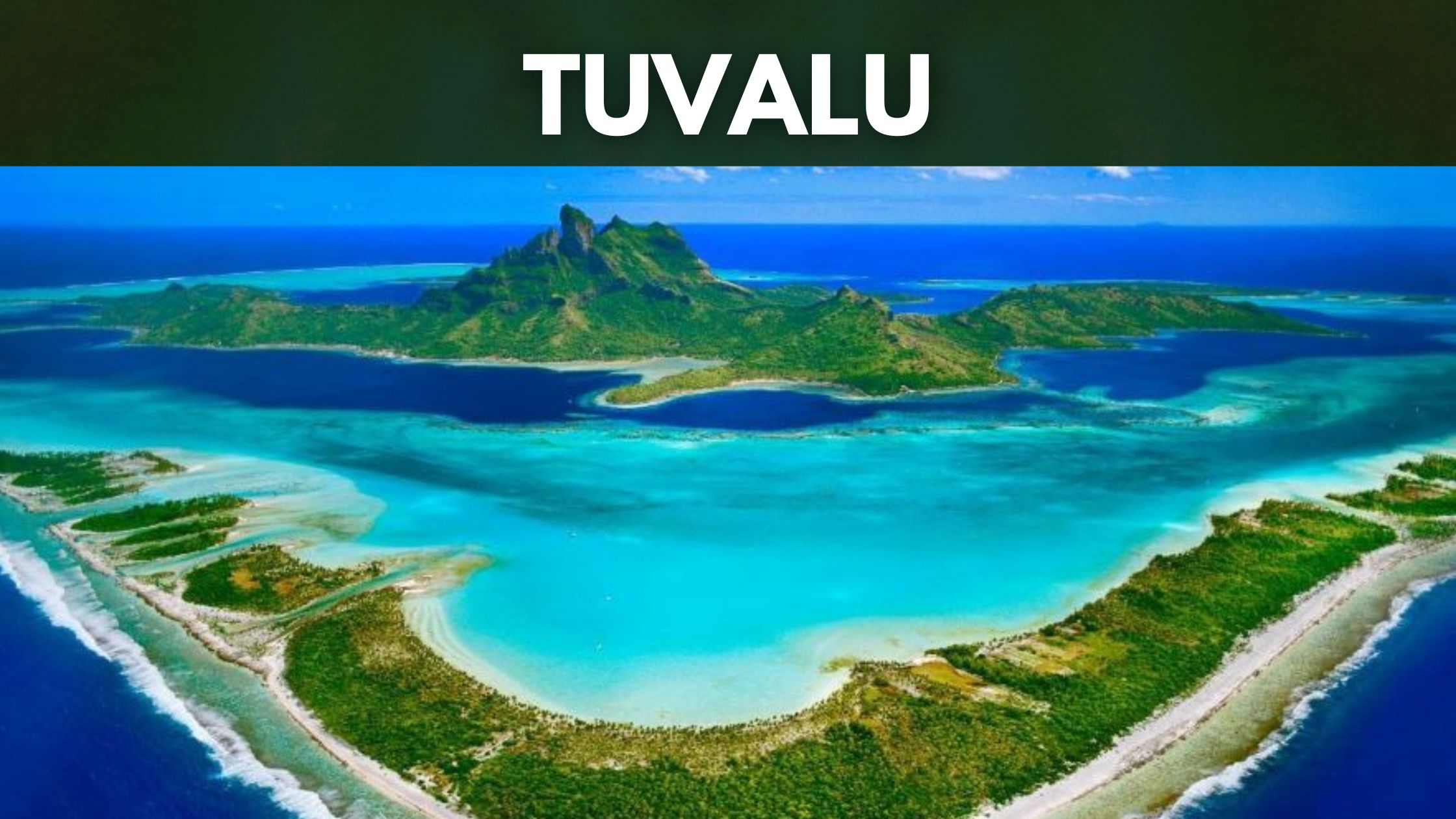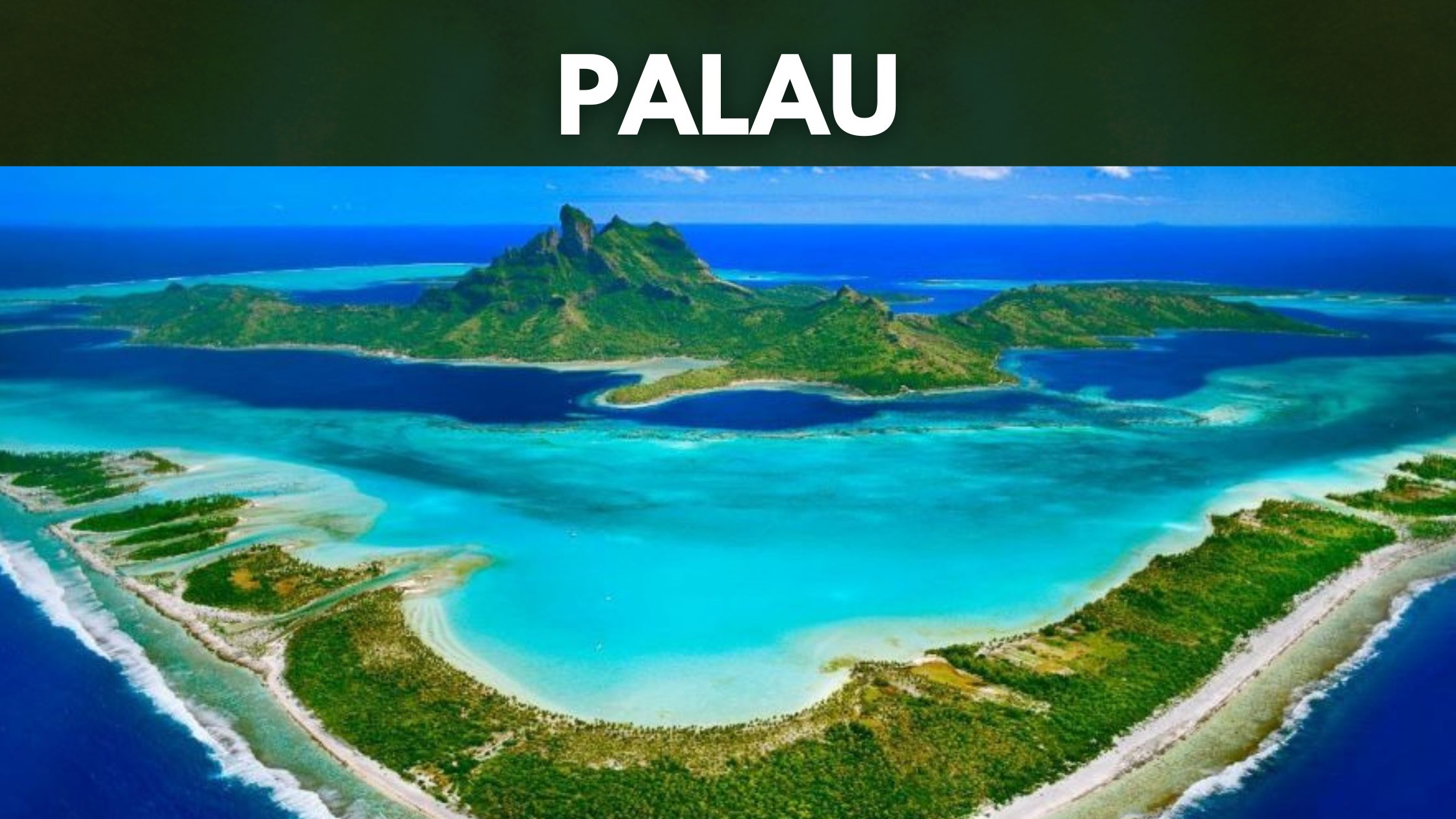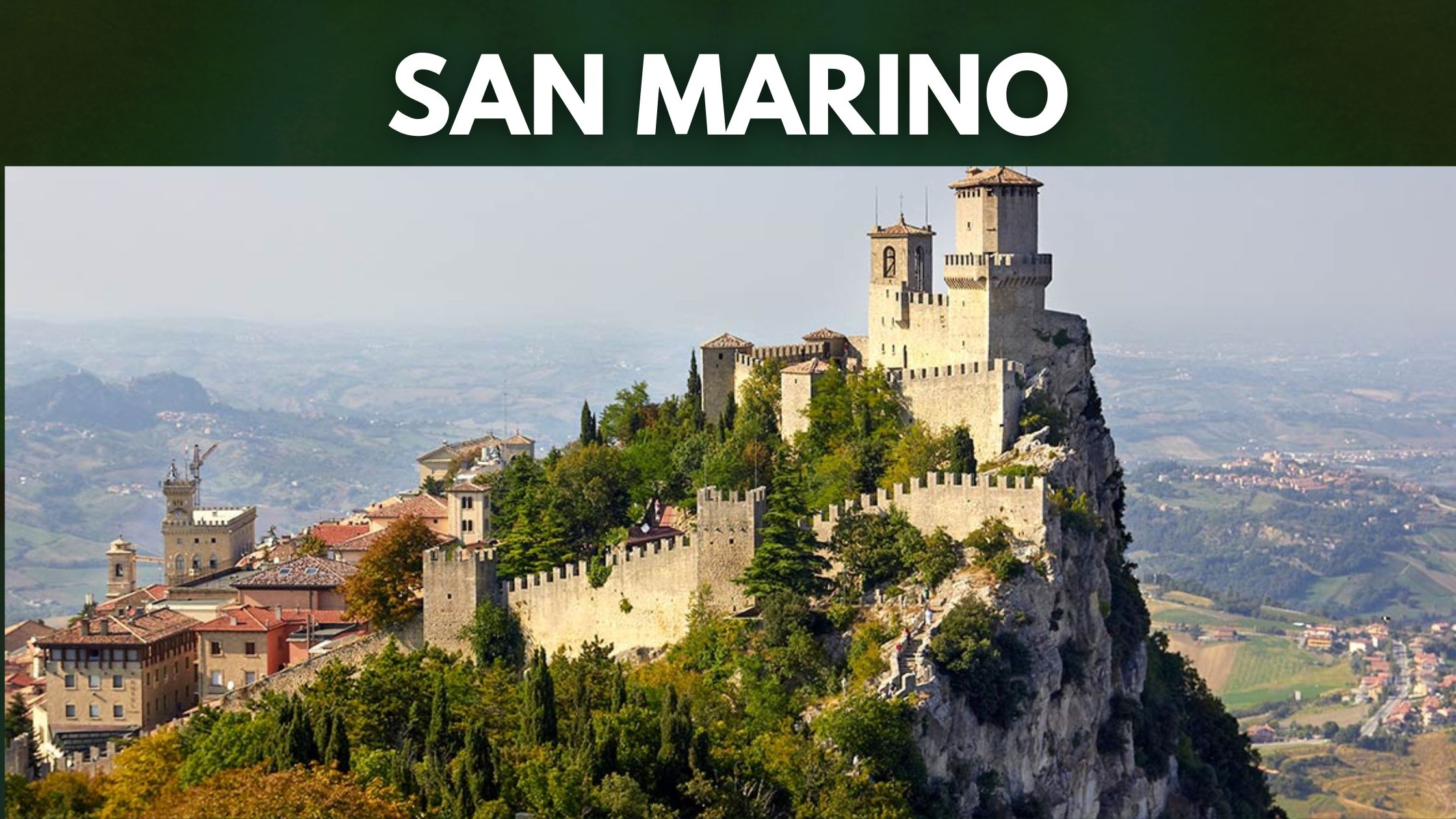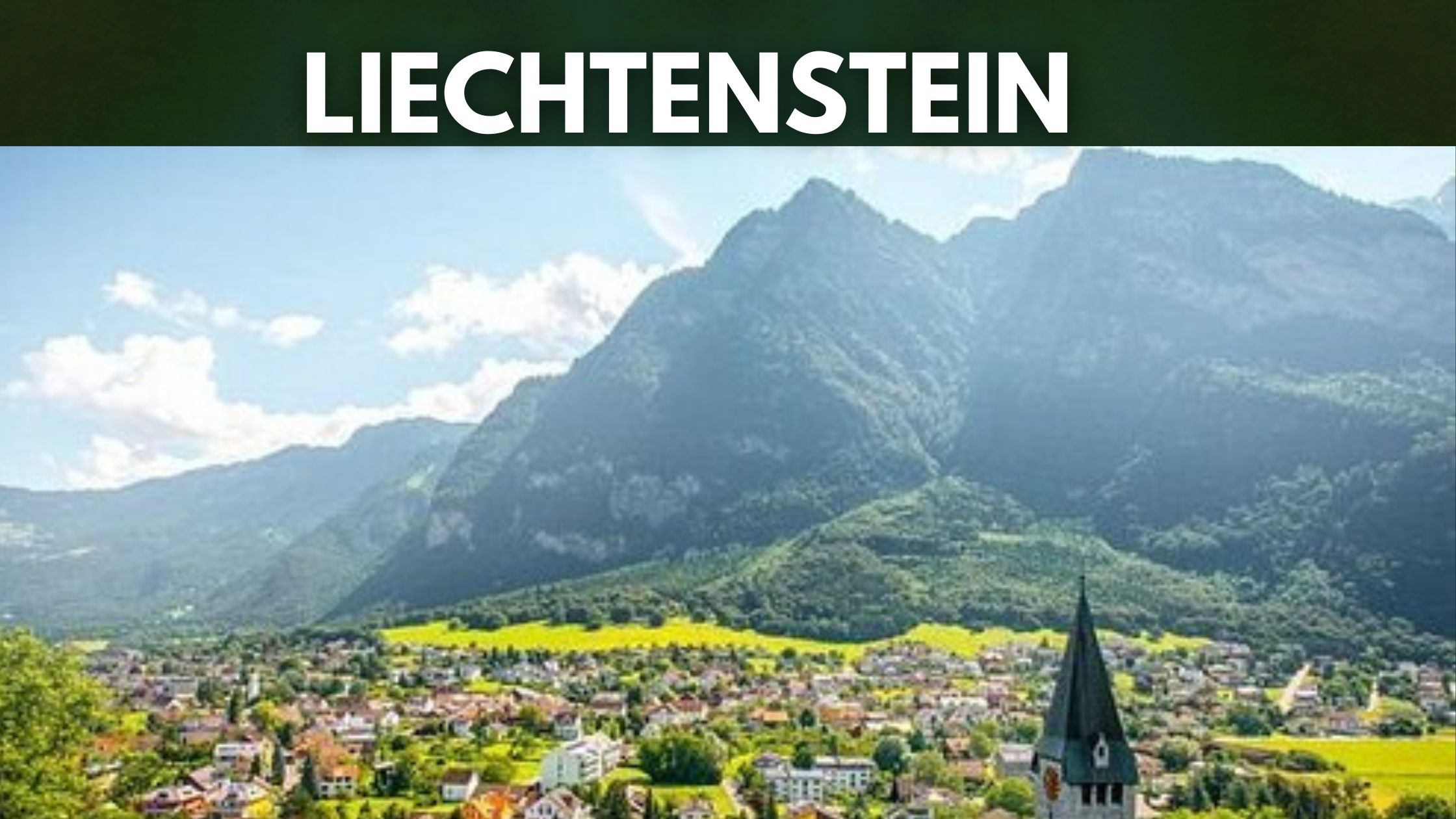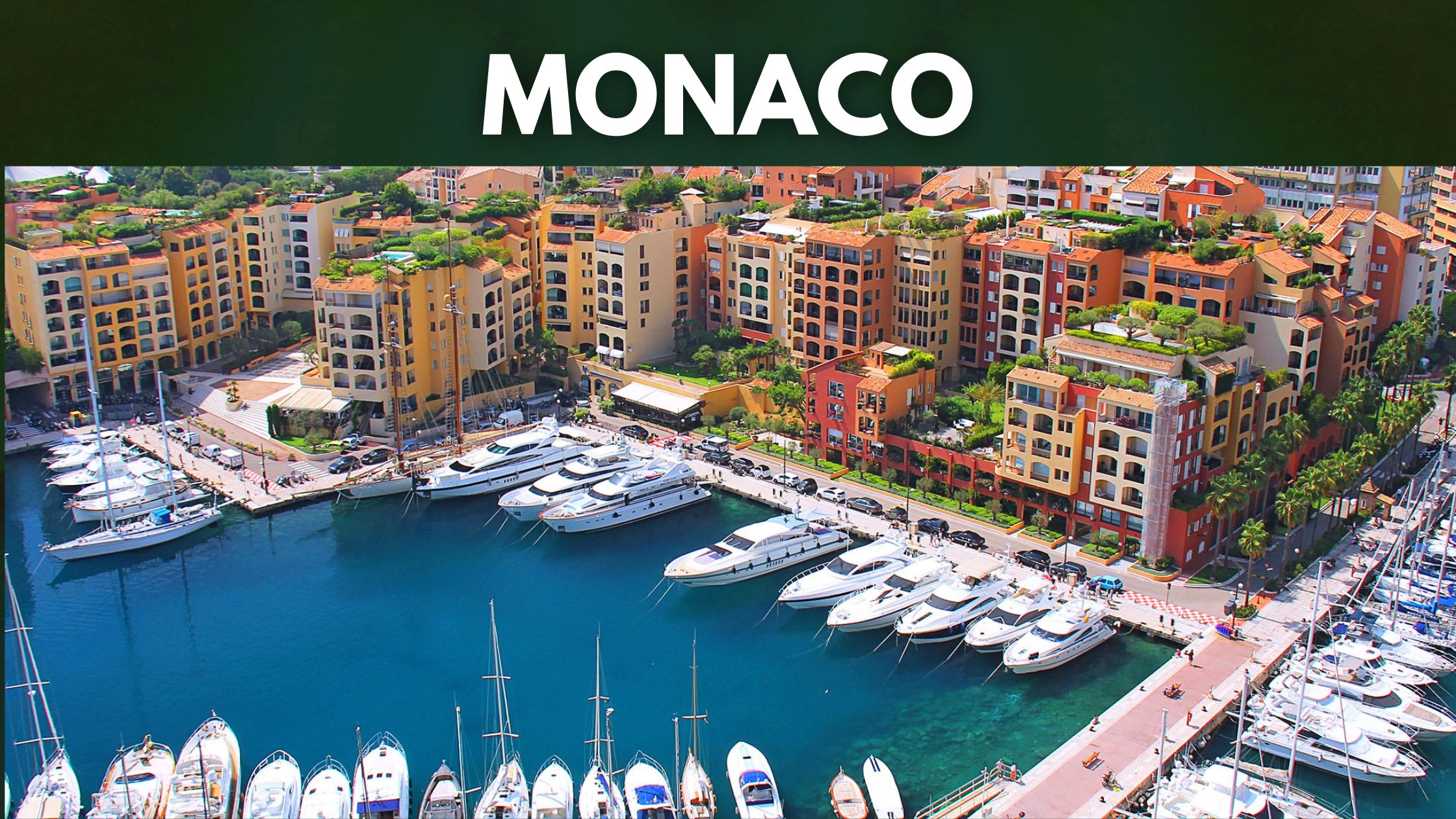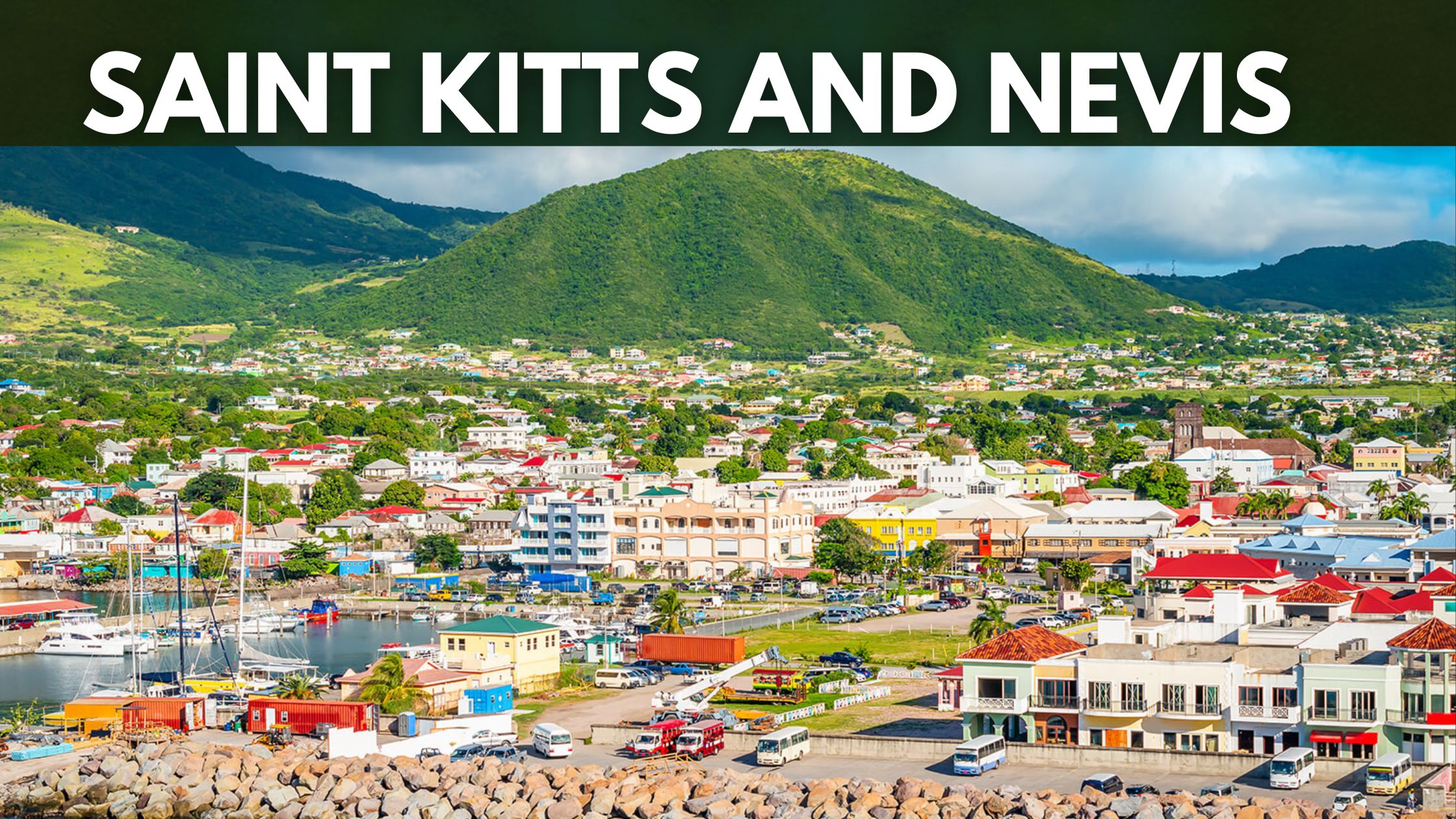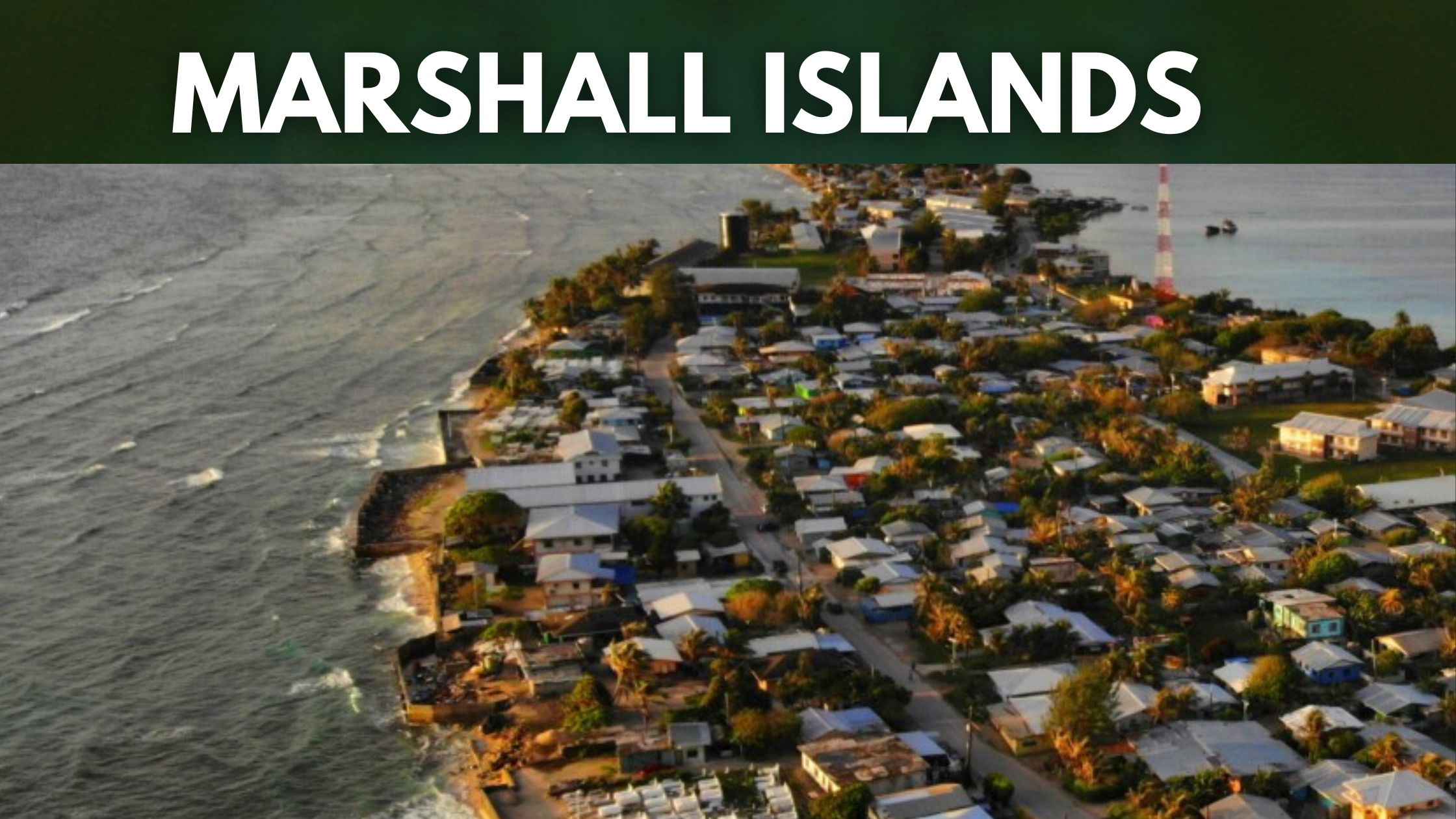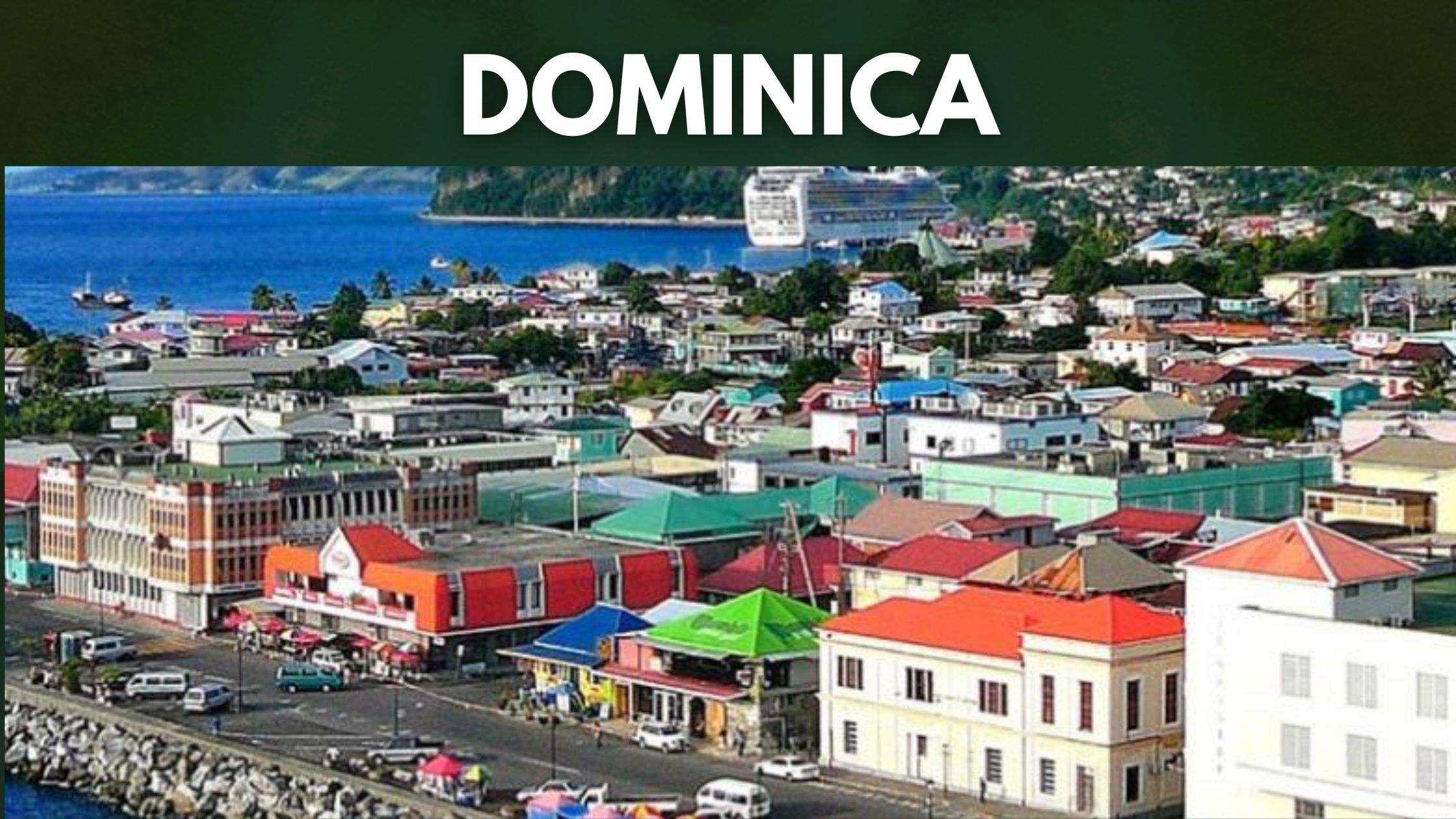Top Lists
Top 10 Smallest Countries in The World by Population
These countries listed above are the smallest and least populated in the world, these countries have very limited space and developed equipment, Due to a lack of resources and territory, the least populated nations in the world have very limited capacity to produce riches and prosperity.
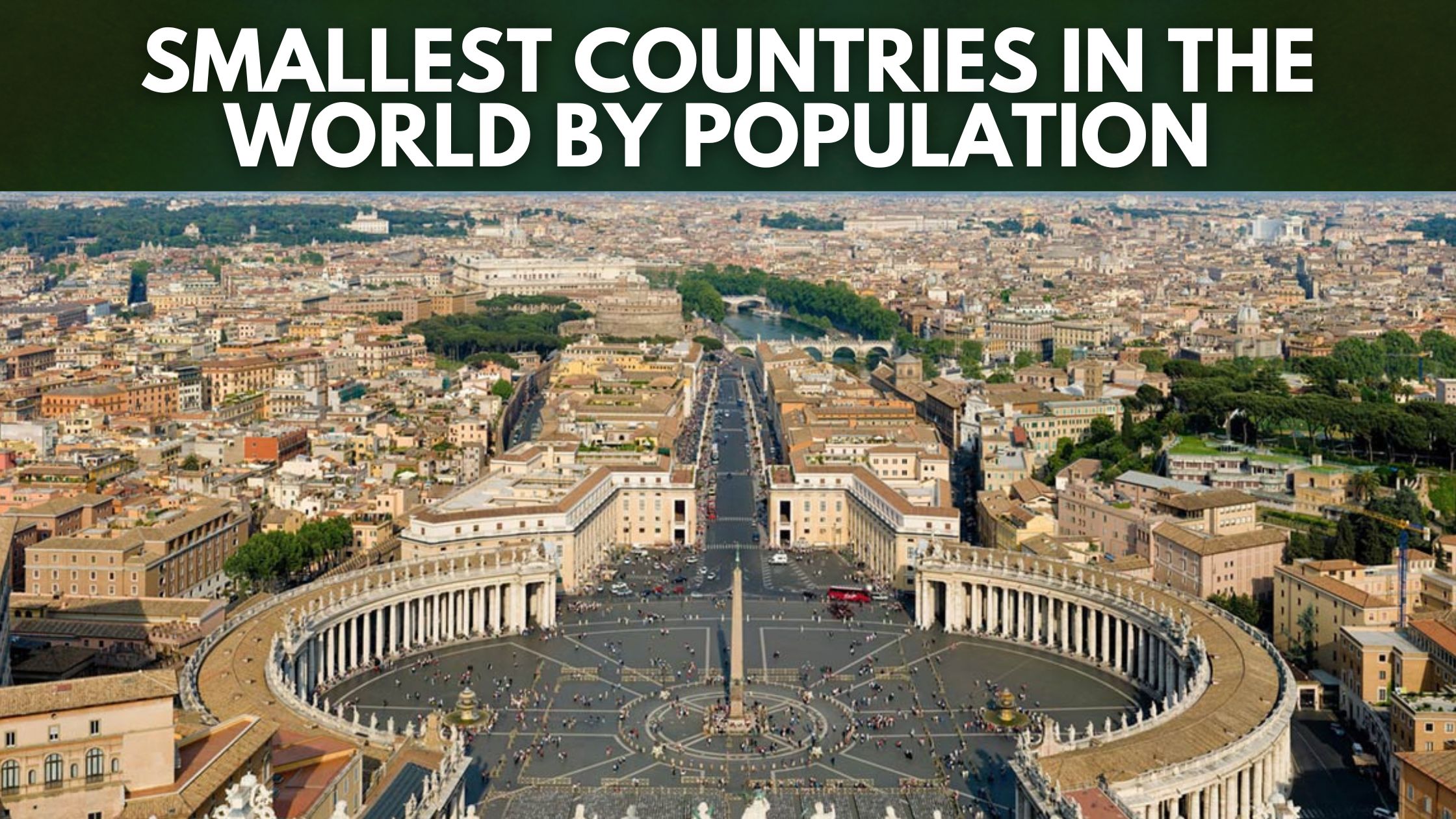
What are the smallest countries in the world?
Do you know that even today, a startling number of countries still have populations that can all fit within a football stadium?
However it’s not an official term, the smallest nations in the world are known as microstates. The Vatican and Monaco are contemporary city-states, the two with the smallest populations. In a larger city, the Vatican is more accurately a neighborhood state. The Holy See is located within the city of Rome and is supported by it, while not belonging to any nation.
Below is the list of the 10 smallest countries in the world.
| Rank | Country | Population |
|---|---|---|
| 1 | Vatican City | 800 |
| 2 | Nauru | 10,876 |
| 3 | Tuvalu | 11,913 |
| 4 | Palau | 18,169 |
| 5 | San Marino | 34,017 |
| 6 | Liechtenstein | 38,250 |
| 7 | Monaco | 39,511 |
| 8 | Saint Kitts and Nevis | 53,544 |
| 9 | Marshall Islands | 59,610 |
| 10 | Dominica | 72,167 |
1. Vatican City
Vatican City is the seat of the Roman Catholic Church and is a city-state encircled by Rome, Italy. The Pope resides there, along with a wealth of famous artwork and buildings. Ancient Roman sculptures from the Vatican Museums, including the well-known “Laocoön and His Sons,” are housed there, along with Renaissance murals from the Raphael Rooms and the Sistine Chapel, which is well-known for Michelangelo’s ceiling.
The world’s smallest country by population is Vatican City.
Vatican City is a sovereign city-state that is one-eighth the size of Central Park in New York and is surrounded by a 2-mile border with Italy. The pope is the head of the absolute monarchy that governs Vatican City.
2. Nauru
Northeast of Australia, in the Micronesian region, is the tiny island nation of Nauru. It has white sand beaches surrounded by palm trees and a coral reef, especially Anibare Bay on the east coast. Buada Lagoon is surrounded by tropical flora on land. The highest point of the island, Command Ridge, is a rocky outcrop with a rusted Japanese garrison from World War II. In the middle of the limestone Moqua Caves is the subterranean freshwater lake known as Moqua Well.
Also, it is in a precarious position because of its phosphate-based economy. Phosphate mines have impacted the nation’s environment, citizens’ health, economy, and the distribution of wealth during the past century.
It is the smallest island country in the world by population.
Nauru is only eight square miles in size, but it is bigger than the Vatican City and Monaco combined. There isn’t much room at all. Nauru has only 30km of roads and no protected areas, World Heritage Sites, rivers, or other natural features.
Due to its abundant phosphate reserves, Nauru had the highest GDP per capita in the world in the years after its independence in 1968.
3. Tuvalu
Although Tuvalu is the third most poor country in the world, it’s crucial to view this island nation in the South Pacific from a different angle. If poverty is determined by one’s income level, Tuvalu will appear much more depressing than it actually is.
Tuvalu is made up of three islands and six coral atolls, and its total land area is under 26 km2. The threat posed by increasing sea levels brought on by global warming is to the low-lying islands
The official languages of Tuvalu are Tuvaluan and English, but English is not spoken much. Official business is conducted in Tuvaluan, including at parliament. All other Polynesian languages, including Hawaiian, Mori, Tahitian, Rapa Nui, Samoan, and Tongan, are distantly related to Tuvaluan.
British Commonwealth includes the sovereign island nation of Tuvalu in the South Pacific. Its nine islands are divided between reef islands with palm-lined beaches and WWII sites and small, sparsely populated atolls. The Funafuti Conservation Area, located near Funafuti, the nation’s capital, features calm seas ideal for diving and snorkeling amid sea turtles and tropical fish as well as a number of uninhabited islets that provide a haven for seabirds.
4. Palau
Palau is one of the top 10 smallest countries with an estimated population of 18,169 people and is made up of over 500 islands that make up the archipelago of Palau, which is located in the western Pacific Ocean’s Micronesia region.
The commercial hub of the islands, Koror Island, is where the previous capital, also called Koror, is located. On its east coast, the larger Babeldaob contains mountains and sand beaches in addition to its current city, Ngerulmud. Old basalt monoliths called Badrulchau, which are in its north and are encircled by palm palms, are situated in green areas.
21,685 persons were accounted for in Palau’s population as of July 2020. According to the most recent statistics from 2006, 24.9% of persons were living below the federal poverty line. Despite this number, Palau has one of the best standards of living in the Pacific.
5. San Marino
San Marino is a sovereign nation having ties to most of the world’s nations. Although they are not a member of the European Union, they are a member of the United Nations.
North-central Italy encircles the hilly microstate of San Marino. It is one of the oldest republics in the world and has much of its original architecture. The capital, also known as San Marino, is located on the slopes of Monte Titano and is renowned for its walled, medieval old town and winding cobblestone alleyways. The Three Towers, a pair of 11th-century castle-like citadels perched atop Titano’s neighboring summits
It is the 5th smallest country in the world with an estimated population of 34,017 people.
Aside from tourism, San Marino’s main sources of wealth are the production and export of pottery, tiles, building supplies, furniture, clothes, textiles, paints, and a few premium brands of alcoholic beverages. The bank system of San Marino is a crucial component of the banking system in Italy.
The oldest still-existing republic in the world is reportedly San Marino. The 61 square kilometers (23.6 square miles) republic, which welcomes more than three million tourists annually, is dominated by the tourism industry. Important sources of income include the highly sought-after postage stamps and coins.
6. Liechtenstein
The second-highest GDP per capita in the world is $165,028 in Liechtenstein. The only country with a higher GDP per capita than it is Monaco, an opulently wealthy city-state on the French Riviera where an estimated one-third of the population is a millionaire. Monaco’s GDP is $166,726 per person.
Despite being only 160 square kilometers in size and home to 38,250 people, Liechtenstein is a financial powerhouse because of its advantageous tax regulations. It is also the most industrialized country in the world, despite the fact that its mountain meadows and hillside forests make it difficult to tell.
Between Austria and Switzerland, 25 km long Liechtenstein is a principality that speaks German. It is well-known for its alpine scenery, medieval castles, and villages connected by trails. The Kunstmuseum Liechtenstein, which houses galleries of modern and contemporary art, is located in the cultural and financial hub of Vaduz, the country’s capital. Postage stamps from Liechtenstein are on display at the Post Museum.
It is the 6th smallest country in the world with an estimated population of 38,250 people.
7. Monaco
Monaco is on the northern Mediterranean Sea coast, a sovereign and independent state. France, a neighbor, completely encircles it on land, and Italy’s borders are only 10 miles distant (about 16km)
Monaco is the 7th smallest county in the world with an estimated population of 39,511, located on the French Riviera, a few miles west of the Italian region of Liguria, on the Mediterranean Sea, Monaco, officially the Principality of Monaco, is a sovereign city-state and microstate. It is part of Western Europe. France borders it to the north, east, and west.
8. Saint Kitts and Nevis
Saint Kitts and Nevis is a dual-island nation between the Caribbean Sea and the Atlantic Ocean. It is renowned for its beaches and cloud-covered mountains. Its numerous former sugar plantations are now hotels or picturesque ruins. The dormant Mount Liamuiga volcano dominates Saint Kitts, the bigger of the two islands. It is home to a crater lake, green vervet monkeys, and a rainforest that is crisscrossed by trekking trails.
The health system in Saint Kitts and Nevis, an upper-middle-income nation, promotes human growth. Achievement of the Millennium Development Goals can be shown in the improvements in its health-related metrics.
The only official language is English. Also extensively used is Saint Kitts Creole. Around 40,000 people speak Saint Kitts Creole, a variant of Leeward Caribbean Creole English, in Saint Kitts and Nevis. The status of Saint Kitts Creole as an official language is not recognized.
It is the 8th smallest country in the world with an estimated population of 53,544 people.
9. The Marshall Islands
The Marshall Islands are a vast collection of coral atolls and volcanic islands in the middle of the Pacific Ocean, halfway between Hawaii and the Philippines. After serving as a ship graveyard during World War II, Bikini Atoll’s seas in the northwest are today a well-liked wreck diving location. The coral reef at Kallin Pass is teeming with marine life close to Majuro Atoll, which houses the capital and biggest town of the islands.
Marshall Islands have a very low crime rate. However, small crimes like break-ins and non-violent stealing have been documented in some cases. Take safety measures to safeguard your possessions.
It is the 9th smallest country in the world with an estimated population of 59,610 people.
10. Dominica
Dominica is a mountainous Caribbean island country with lush jungles and hot springs. Boiling Lake, which is heated by volcanoes and is coated in steam, is located in Morne Trois Pitons National Park. Sulfur vents, the 65-meter-tall Trafalgar Falls, and the tiny Titou Gorge are also included in the park. Dominica’s capital, Roseau, is to the west and features vibrant timber buildings and botanical gardens.
One of the poorest nations in the Caribbean is Dominica. Agriculture is a key component of its economy but is occasionally wracked by storms. With a burgeoning tourism economy and a modest offshore banking sector, diversification efforts have had some success.
Dominica is home to Morne Diablotins, the tallest mountain in the Caribbean at 1,447 meters. There are 365 rivers, many lakes, and waterfalls. Dominica is also a very well-liked destination for whale viewing, scuba diving, and trekking, it is the 10th smallest county in the world by population
The estimated population is 72,167 people.
Read More: Top 10 Countries with the Most Beautiful Women in the World (2022)
Top 10 countries with the highest crime rate in the world
Here is a summary of the top 10 Smallest Countries in the World by Population
- Vatican City — 800
- Nauru — 10,876
- Tuvalu — 11,931
- Palau — 18,169
- San Marino — 34,017
- Liechtenstein — 38,250
- Monaco — 39,511
- Saint Kitts and Nevis — 53,544
- Marshall Islands — 59,610
- Dominica — 72,167

